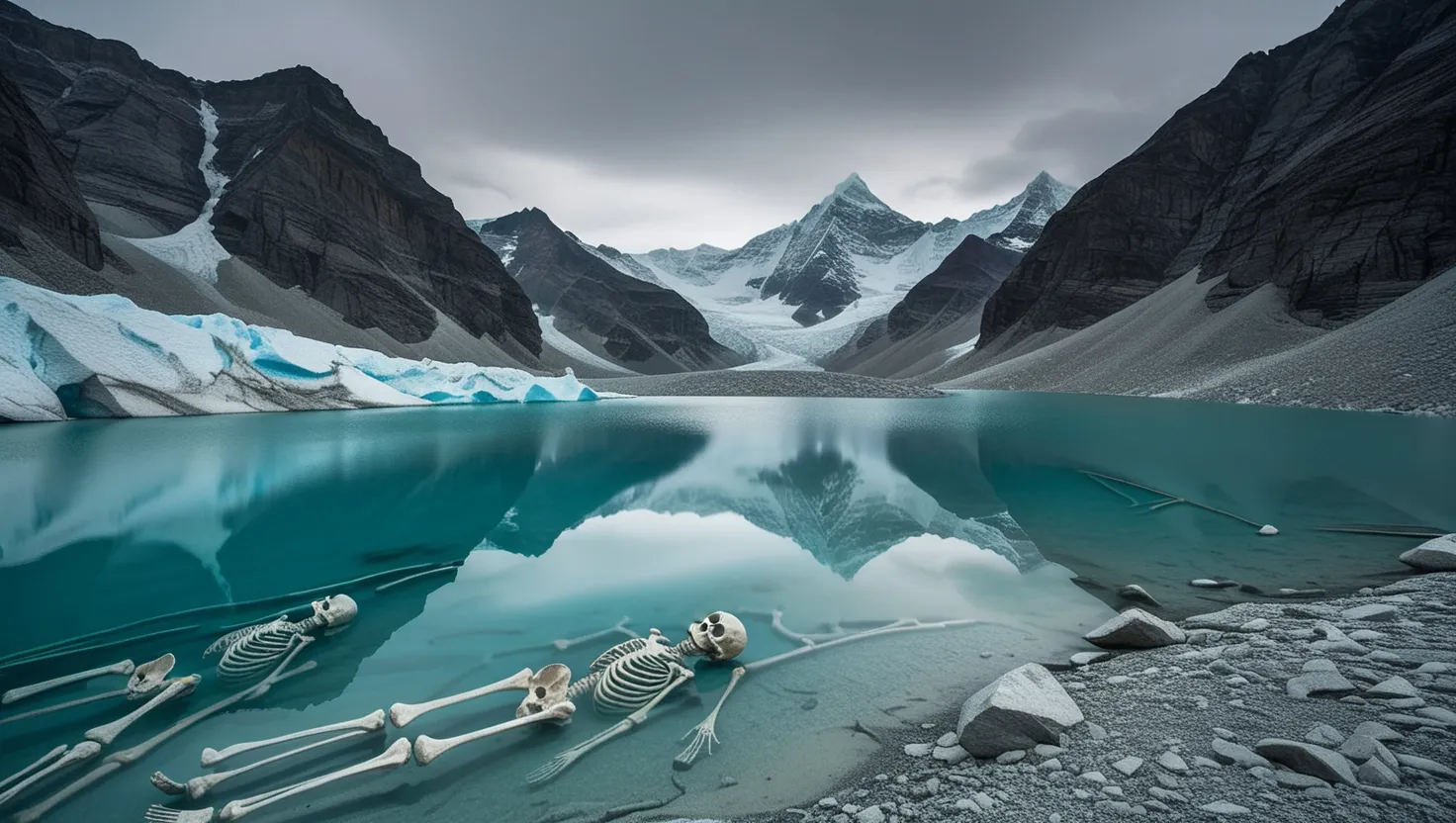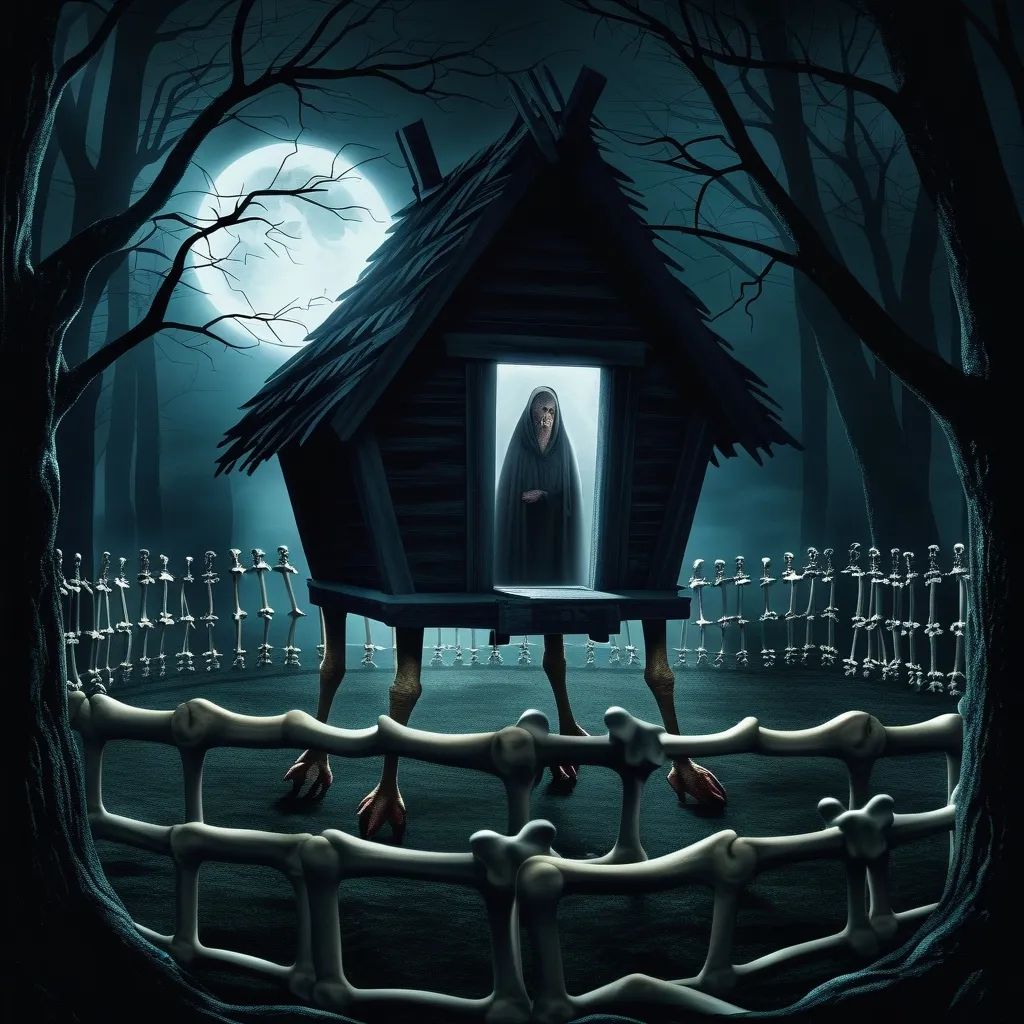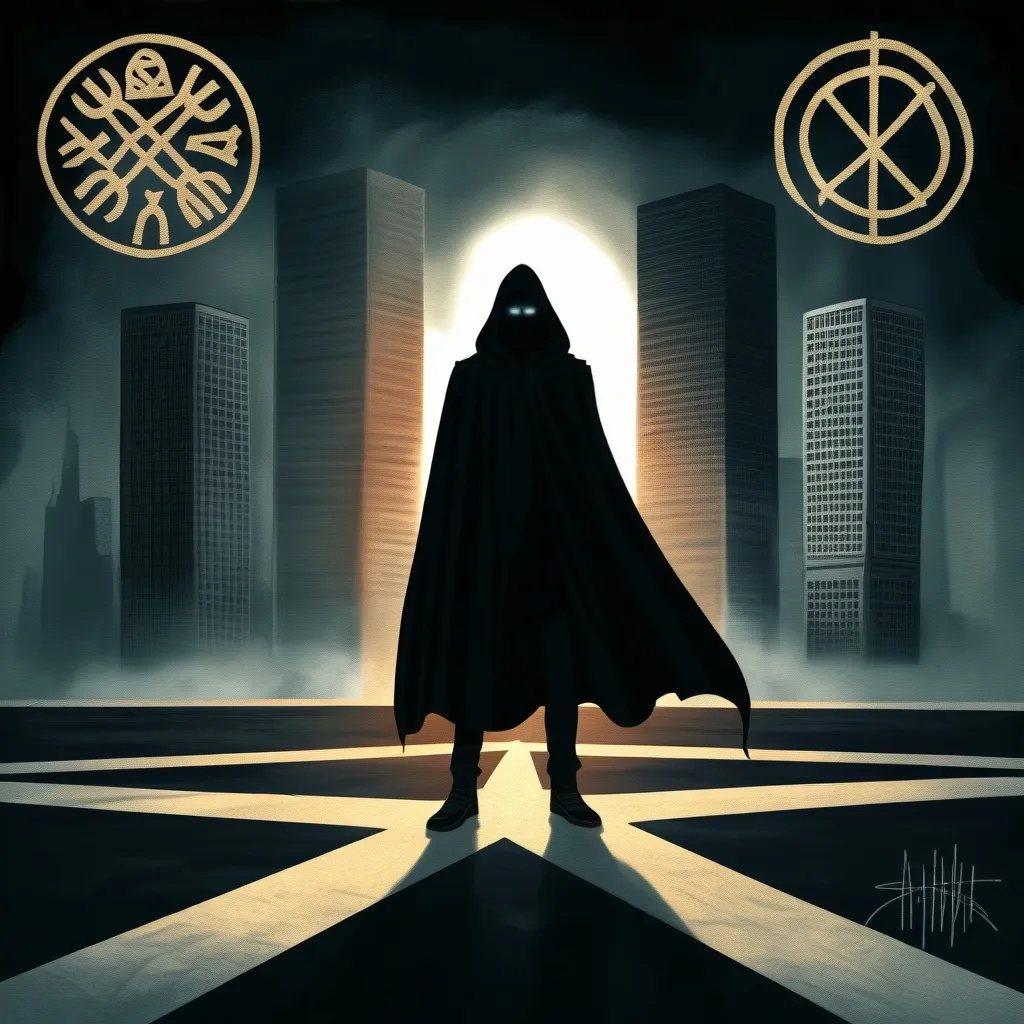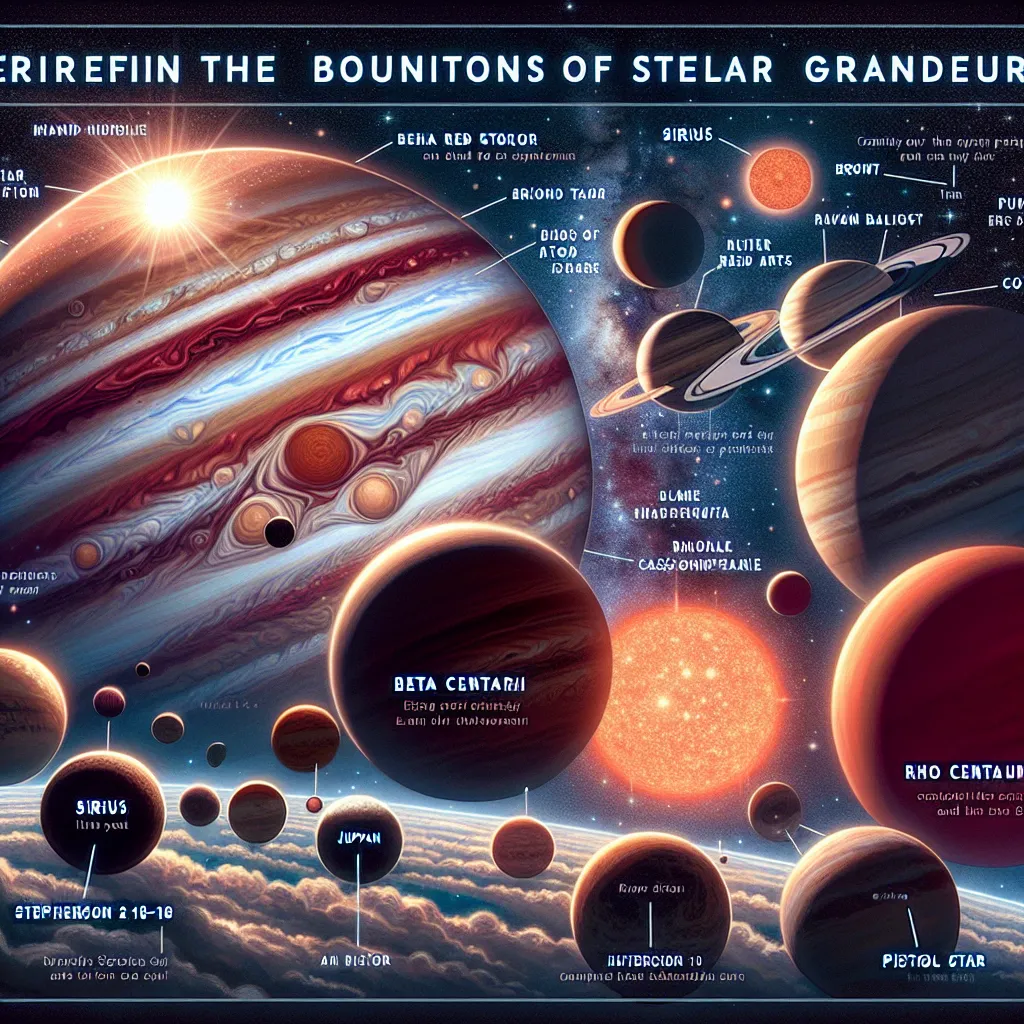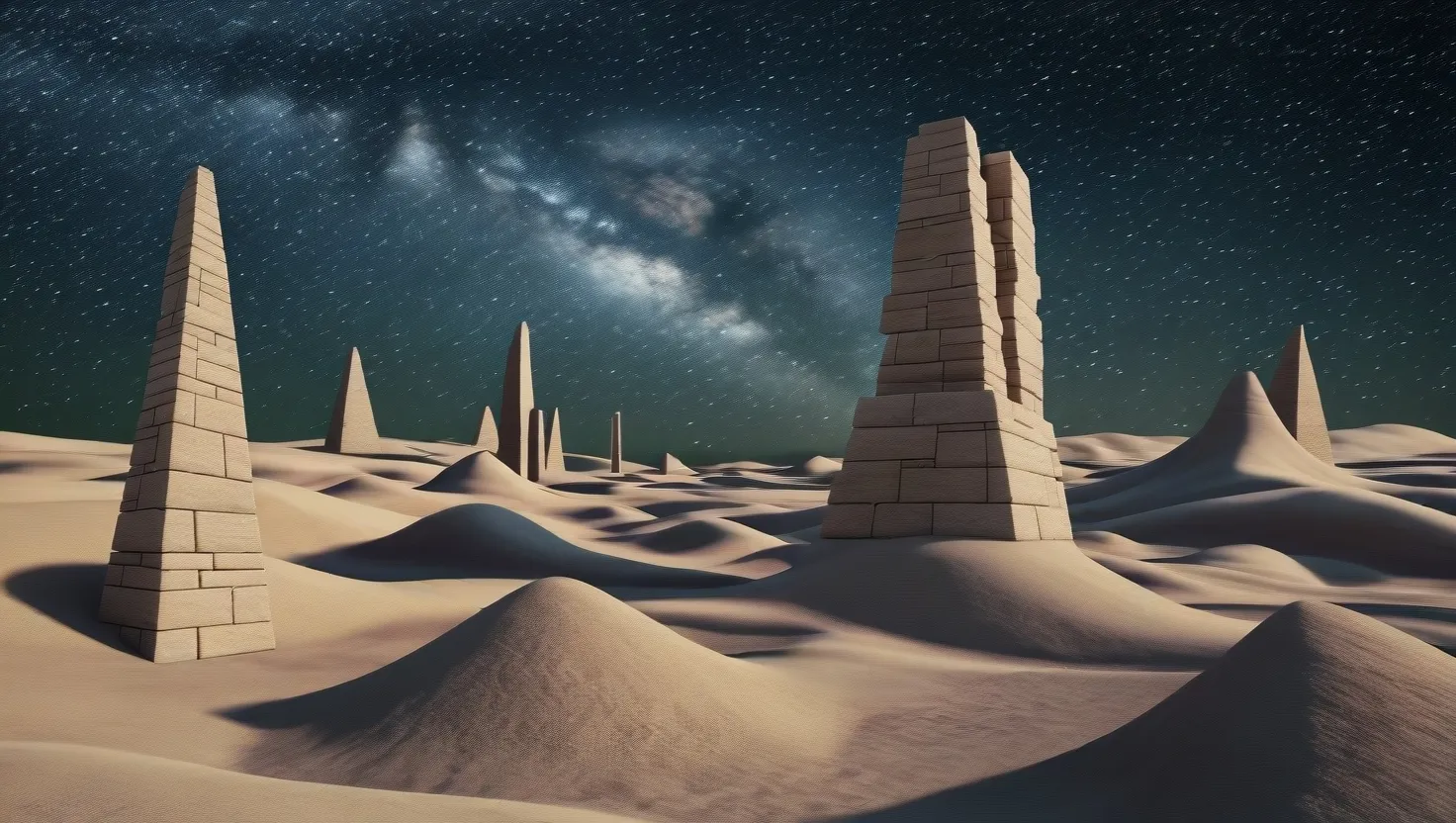If you ever find yourself standing on the wind-whipped edge of a glacial hollow nearly three miles above sea level in the Indian Himalayas, you’ll meet a quiet that’s unsettling. Here lies Roopkund Lake—a place whose ice holds a story far colder than its waters, where hundreds of ancient bones surface each summer. Why do so many skeletons, from wildly different times and origins, still rest in this barren bowl of rock and snow? It’s the kind of mystery that refuses easy answers, asks more questions than it answers, and quietly draws on secrets from across continents and centuries.
The first thing that strikes you isn’t the legend or the science, but the raw weirdness of it all. Roopkund lies at 16,000 feet, surrounded by sheer rock faces and glaciers, five days’ walk from the nearest village. Each summer, as the sun softens the winter’s grip, melted waters reveal a mass of skeletons—sometimes 300, sometimes as many as 800 bones, so jumbled they form a tapestry of anonymous, accidental community. Some skulls still wear the marks of violence: deep, round depressions, as if someone had hammered hailstones into bone.
For decades, locals explained these remains through a famous legend. They said a careless king, his wife, and their retinue, marching towards the sacred Nanda Devi shrine, angered the goddess through song and dance. Her retribution was sudden: a storm of ice, with hail large enough to crush the skulls of humans and animals alike. What could be more fitting for a land where gods are said to traverse glaciers and the line between myth and memory is thin?
But pick through the rubble of legend and you hit something stranger. When scientists first investigated the bones in earnest, they spotted clues that pointed away from just one moment in time. Many remains belonged to individuals who had lived and died over a thousand years apart. Some travelers died here in the 7th or 8th century, others nearly a millennium later.
And that was just the beginning. As DNA technology matured, bits of bone revealed a secret hidden even deeper. Some of the people who died by Roopkund’s freezing waters carried markers of South Asian ancestry—but a surprising number were unequivocally Mediterranean, related genetically to people today found in places like Greece or Crete. Others pointed towards Southeast Asia. If you could eavesdrop on the ghosts of Roopkund, you’d hear more than just the languages of the Himalayas.
So, what drew such a mix of people to this uninhabited spot over the centuries? Historians poured over trade records, pilgrims’ tales, even the movements of long-forgotten armies. No connection surfaced. The area never served as a known trade route, nor commanded military value. Even in the height of Himalayan pilgrimages, there’s no reference to Mediterranean visitors crossing into these hills. Any map drawn before the twentieth century would simply have labeled the spot as inhospitable blankness.
Artifact hunters fared little better. Scattered among the remains were worn leather shoes, weathered wooden sticks, rusted iron spearheads, and beads—each piece hinting at culture, but pointing in no single direction. The styles and techniques suggest no dominant tribe, religion, or occupation. Nothing here tells a story of wealth or conquest, as if these travelers brought little with them but the baggage of their own mortality.
You might wonder: why not blame the weather? High wilderness, especially in the monsoon’s path, can birth storms as dangerous as any sword. Severe hail is notorious here, sometimes sending stones the size of cricket balls plummeting from gray mountain skies. Bones gathered from Roopkund’s shallows bear wounds that match the theory—circular depressions on the top of skulls, exactly the kind of mark a fist-sized hailstone might inflict. But delve into the details and the tidy hailstorm theory crumbles. Not everyone shows those injuries. Some bodies reveal broken arms, shattered ribs, and pierced bones—traces more suggestive of human violence or tragic accident than of falling ice. Could one spot in nature host centuries of such disasters, each unique, always deadly?
As Sherlock Holmes once advised, “Eliminate all other factors, and the one which remains must be the truth.” But standing at Roopkund’s bank, every theory feels like it has holes. Pilgrims caught by wrathful weather? Certainly possible for some, yet this doesn’t explain the centuries-spanning deaths, the presence of people from far-off lands, or the hints of weapons and wounds left by more than hail. Merchants ambushed and killed for their wares? Odd, given the lack of trade connections. Victims of an unknown epidemic? There are no telltale lesions or disease markers on these bones.
“The world is full of obvious things which nobody by any chance ever observes,” said Arthur Conan Doyle. What obvious thing have we missed here?
Some more unusual thinkers have begun to wonder: what if the lake drew people for reasons lost to us—reasons spiritual, astronomical, or psychological rather than practical? Was Roopkund a hidden site for rituals practiced by multiple cultures over centuries, each group seeking something only this bleak hollow could provide? Some remote cultures venerate high places as gates between worlds—the perfect stage for last rites or petitioning distant gods. Did strangers risk the climb to die or be buried here, making the lake a silent archive of lost faiths?
Or is there something about Roopkund’s strange geography that once signaled meaning, perhaps astronomical, perhaps practical, that our modern eyes simply cannot decipher? Some propose the area could have served as an ancient observatory, a weather sanctuary, or a site for initiation into secret societies.
Even these out-of-the-box suggestions run aground on hard facts. The DNA evidence divides the remains clearly into groups separated not only by culture, but sometimes by almost a thousand years. This is not one lost expedition, but several—and long gaps exist between groups. The simplest explanation may be that Roopkund became a stage for tragedy again and again, each time for reasons unique to its participants, but never written down. The lake is both too visible for secrets, and too remote for answers.
“History is a gallery of pictures in which there are few originals and many copies,” mused Alexis de Tocqueville. Roopkund is neither, a portrait painted in fog and ice, refusing reproduction.
What’s it like to look into those cold waters yourself and see bones staring back? Strange, yes, but also profoundly moving. The anonymity of these skeletons, stripped of history and belonging, presses the question: how do we piece together lives when nearly every piece is missing? Their bones deny closure, but suggest far more movement and complexity in ancient societies than we first imagined. Why did some people travel so impossibly far? Were they fleeing, seeking, or commanded? How did they die on the shores of this forgotten tarn, and why does it keep pulling in the curious century after century?
When you visit Roopkund, it isn’t just the science or the legend that haunts you. It’s the sense that every answer we devise will soon wither in the cold. These bones force us to admit the limits of our understanding, reminding us that for every tale passed down, there are a thousand stories lost in thin air.
As you read about Roopkund, ask yourself: what other pieces of human history rest just beneath the surface, waiting for a brief summer melt to show their faces? Do we find meaning in their mystery, or only reflect our own questions back at ourselves? Are the secrets of Skeleton Lake an outlier, or are they a reminder that the world holds many places where time, death, and geography conspire to keep their own counsel?
I often wonder, standing at the crossroads of fact and imagination, if it is possible to ever fully “solve” Roopkund. Maybe its lesson is less about closure and more about openness—to the idea that the landscape writes its own stories, stones and snow outlasting empires and dogmas. Maybe Roopkund’s enduring presence is its own answer, an icy reminder that every mystery doesn’t demand a neat solution.
History, in the end, seldom offers perfect symmetry. But in the loneliest corners of the earth, sometimes a scattered pile of bones can pose better questions than we ever expected to find.
